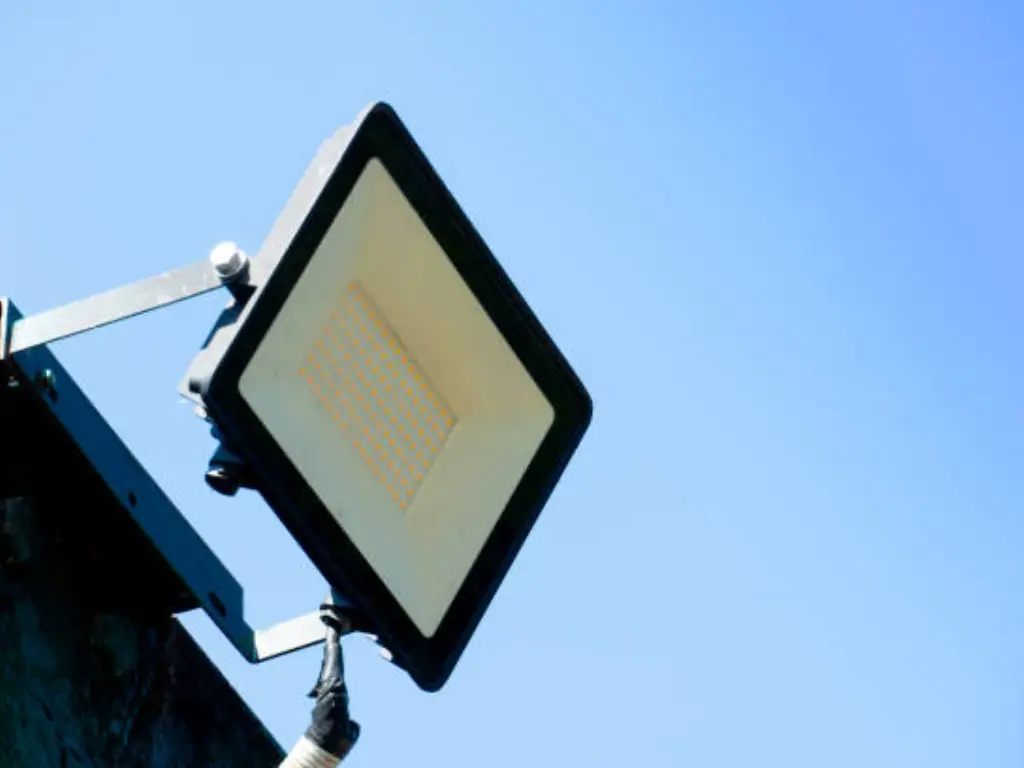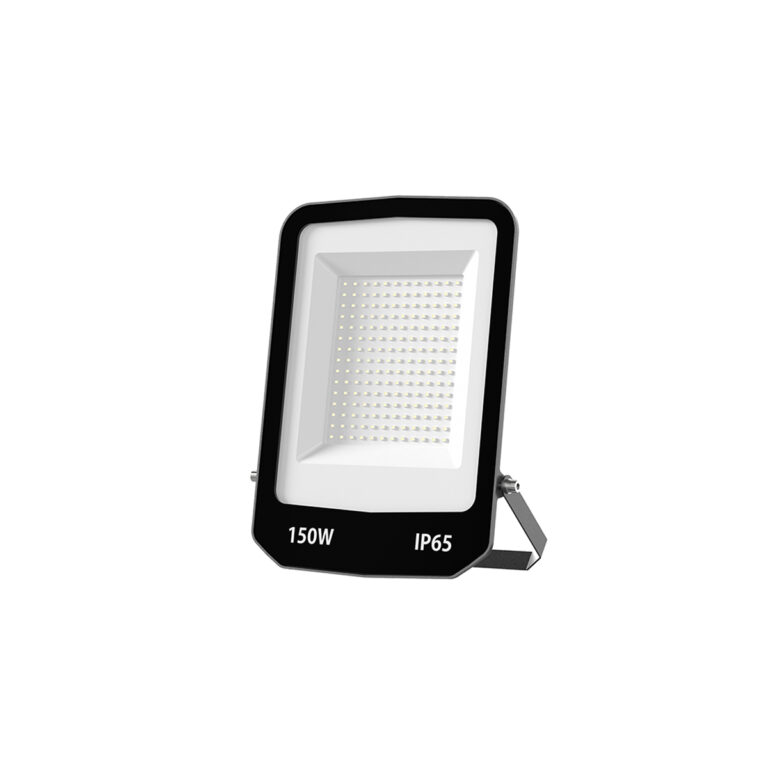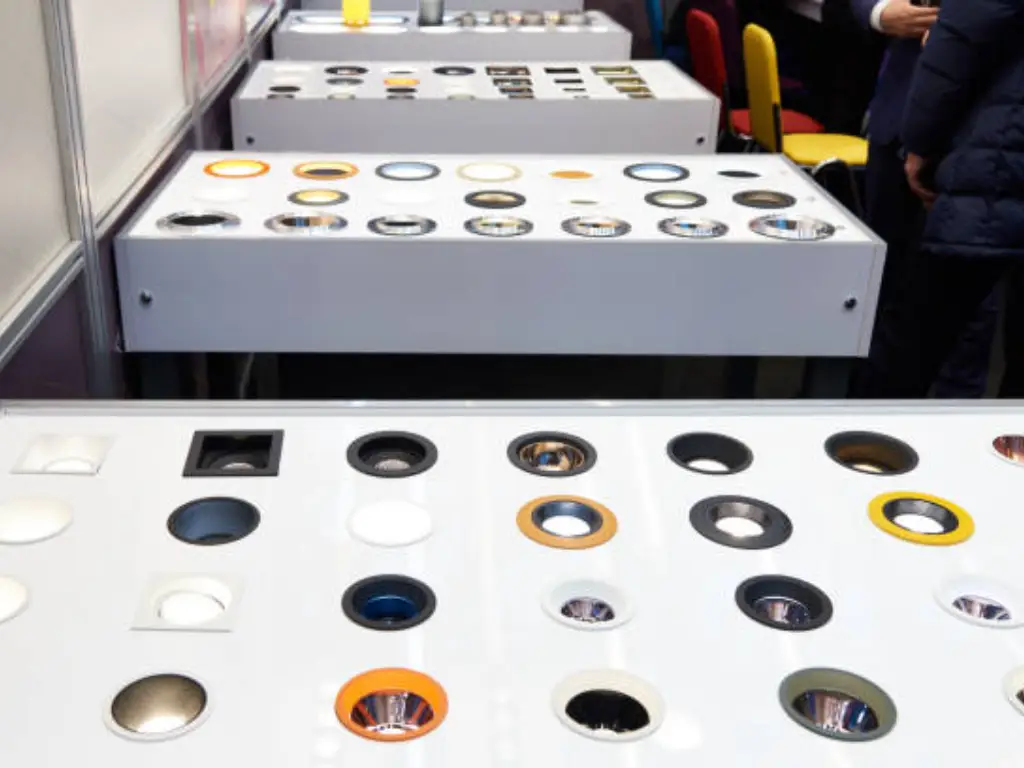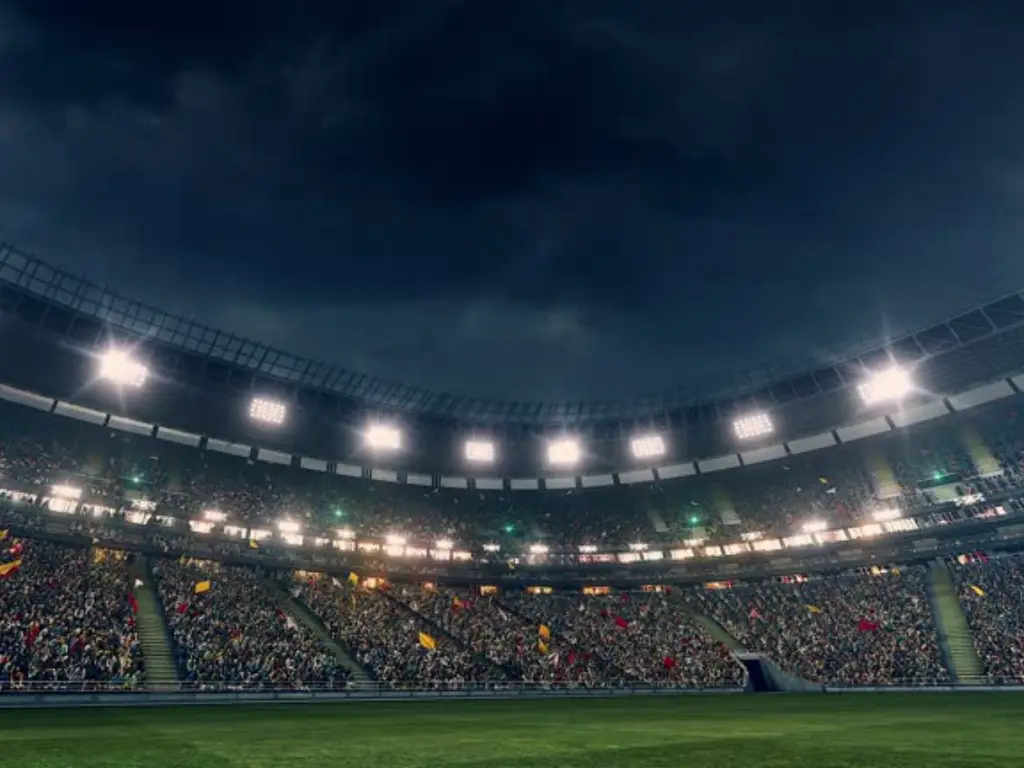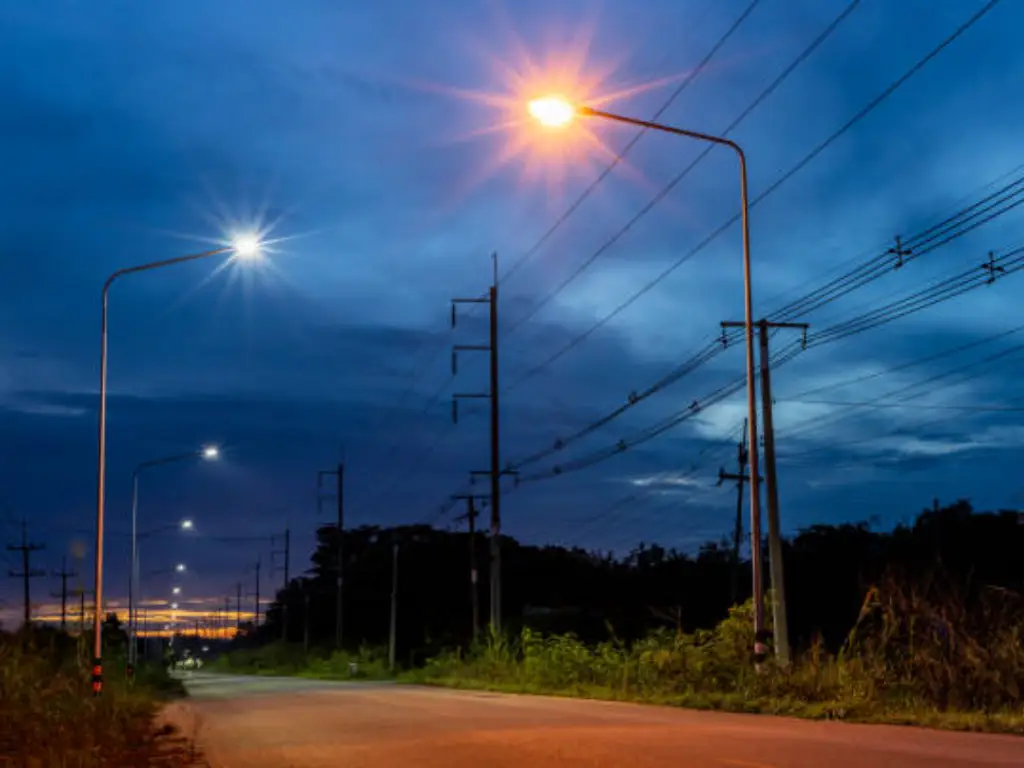Introduction: Why Your Outdoor Lighting Choice Matters
The ambiance and functionality of your outdoor spaces are significantly influenced by your lighting choices. Whether you’re aiming to enhance security, illuminate pathways, highlight landscaping or provide general illumination lighting, the type of light you select plays a crucial role. Two common contenders among different types of outdoor illumination are flood lights and regular light bulbs. While both serve the fundamental purpose of providing light, they differ significantly in their design, functionality, and suitability for various outdoor applications.
Making an informed decision between a flood light vs regular bulb can impact not only the aesthetics and usability of your property but also your energy consumption and long-term costs. This comprehensive guide will delve into the key distinctions between these two lighting options, explore their ideal use cases, and ultimately help you make a better choice for your specific outdoor lighting needs. and specific needs.
Key Differences Between Flood Lights and Regular Bulbs
Flood lights and regular bulbs have very different approaches at their core. Knowing these differences will help you decide what kind of lighting is best suited to your outdoor spaces.
Beam Angle: Wide Coverage vs Focused Light
The biggest distinction between flood lights and regular bulbs has to do with the beam angle, which is the coverage and concentration of light relative to the bulb.
Flood Lights: True to their name, flood lights are meant to “flood” a wider area with light. Their beam angle is quite broad, often 120 degrees or more, so it can be very wide, covering a larger area. The Wosen Model 19 Series Heavy-Duty IP65/IP66 LED Flood Lights have 60, 90, and 120-degree beam angle options. With the appropriate height, a single flood light with a 120-degree angle can illuminate an area of about 400-500 square feet. These lights are perfect for backyards, driveways, parking lots, and even building facades. Regular light bulbs, assuming a standard 45-degree beam angle, would be less efficient and result in uneven lighting. Picture the 120-degree beam angle light flooding your driveway with light – that’s unparalleled visibility and security. This is like being able to light up an entire football field and ensure every corner is illuminated.
Regular Bulbs: On the other hand, traditional incandescent, halogen, or even LED bulbs tend to emit a more concentrated beam of light. Their beam angle is usually narrower, concentrating light in a certain area. Take a spotlight, for example, it shines its beam on particular areas or objects. While this concentrated light can be helpful for overhead tasks, general flooding of light in a space is better achieved when area illumination does not require such a heavy reliance on focused light.
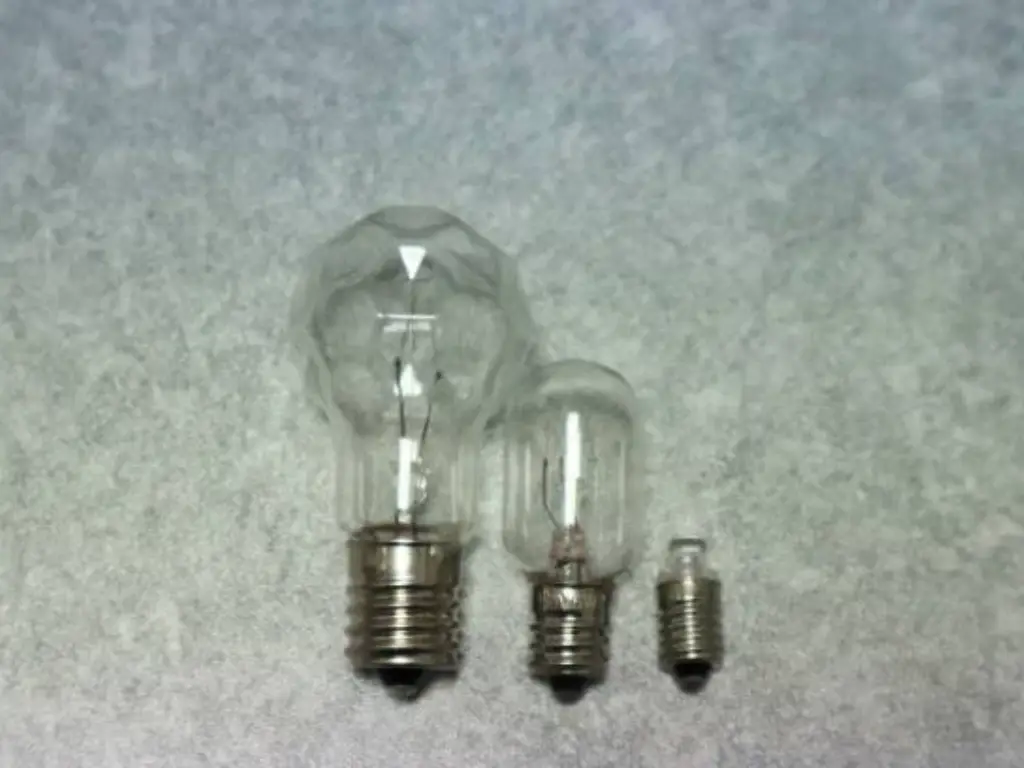
Brightness & Energy Efficiency
When it comes to outdoor lighting, brightness (which is typically described in lumens), light intensity, and energy efficiency which is described as Lumen per Watt (lm/W) are essential to consider.
Flood Lights (Especially LED): Modern LED flood lights, including solar lights, are much brighter than their predecessors while also being energy-saving. They are made to have high power output with little energy intake. For example, good quality LED flood lights have a luminous efficacy of 80-120 lm/W, which is a standard in the industry. This suggests that for every watt of energy consumed, the light produces a considerable amount of light. Furthermore, different LED flood lights can be set to varying color temperatures, which means that depending on the need and preference, one can use warm, neutral, or cool white light. Thus, there is a lot of efficiency in them, and over time, electricity costs are reduced and so is the carbon footprint.
Regular Bulbs: Compared to LED, regular incandescent bulbs are less efficient because they only use a small percent of the electricity needed while the abundance of energy being spent is wasted in the form of heat. Although more efficient than incandescent bulbs, LED regular bulbs still don’t possess the high lumen output per watt of dedicated LED flood lights. In fact, a lot of them struggle with the task of illuminating large areas. With an LED flood light, you are guaranteed brightness, while with a regular bulb, you will need a higher wattage, leading to increased energy spending.
Comparison of Typical Brightness and Energy Efficiency
| Feature | LED Flood Light (e.g., Wosen Model 19) | LED Regular Bulb | Traditional Incandescent Bulb |
| Luminous Efficacy (lm/W) | 90-100 | 70-90 | 10-15 |
| Typical Lumens | 1000-5000+ | 400-1600 | 400-1600 |
| Energy Consumption | Lower | Moderate | Higher |
Durability & Weather Resistance
Weather, dust, and moisture can damage outdoor lighting fixtures. These factors make durability and weather resistance foremost.
Flood Lights (Designed for Outdoors): Outdoor use flood lights, like Wosen Model 19 Series (IP65/IP66 rated), are excellent examples of fixtures designed to withstand the elements. The IP (Ingress Protection) rating indicates the level of protection against the inhalation of particulate matter (like dust) and liquids such as water. IP65 means protected from dust and water jets from every direction (not just direct), while IP66 means it is even better, providing stronger protection from powerful jets of water. These fixtures may also be constructed to be able to withstand the vibrations due to wind or activity in the surrounding area and perform well under dynamic conditions.
In addition, the Wosen Model 19 Series is built from aluminum. It is considered to be one of the best materials for outdoor fixtures since it is strong, lightweight, and resistant to corrosion. This construction leads to it’s having a long operational life, 50,000 hours or more, and frequently enduring harsh conditions.
Regular Bulbs (Less Robust): As with most other types of bulbs, standard glass bulbs have a lower tolerance for impact and environmental factors which makes them easier to rupture. While some regular bulb rated for outdoor use fixtures do exist, the bulbs themselves tend to be more fragile to impacts, temperature changes, and the presence of moisture. The materials used to fabricate the bulb’s secondary shell are often made from weaker compounds relative to the armored aluminum used in many outdoor flood lights.
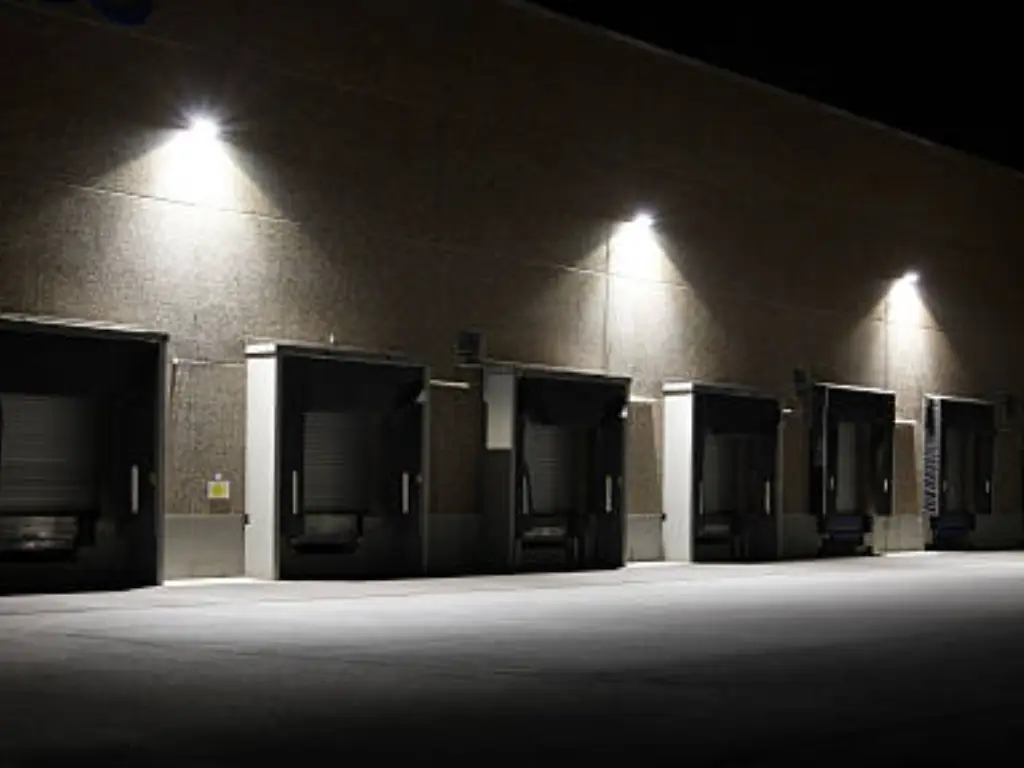
When to Choose Flood Lights?
Flood lights are suitable for use where a wide area of illumination is required alongside security. These lights are also ideal to use for outdoor purposes spanning a wide variety. The following are five scenarios:
- Security Flood Lighting: Owing to their wide beam angle, flood lights are ideal for a large space. In particular, these lights help in the illumination of important security areas which can ward off potential intruders and boost the visibility of guards stationed at security cameras. In addition, the inclusion of motion sensors takes the security measure to the next level. A case in point is Wosen LED flood with a 120-degree beam angle. Such a flood light will help illuminate the backyard and will serve as an alert to any movement in the space.
- Large Landscape Lighting: To capture the beauty of the property at night, flood lights assist in the illumination of large trees, gardens, and architectural features. Vertical flood lights add visual interest through strategic placement. Wosen model 19 Series provides the installer with the ability to adjust the mounting angle which helps in highlighting specific features of the landscape. All-In-One Sports Lights: Be it a home basketball court, a community tennis court, or any other sports field, flood lights cater to providing a wide range of illumination suitable for play, as well as safe competitive conditions. Unlike a focused beam of light which would only illuminate a small area, flood lights provide ample coverage. The Wosen Model 19 Series with its numerous options in wattage offers customization according to the size and lighting needs of the sports area and its components.
- Commercial Parking Lots: Flood lights are every business’s best choice when there is a need to ensure the safety and security of its parking spaces, walkways, and even open spaces around a building. With all the areas needing illumination, flood lights have extensive coverage to proactively address safety concerns for patrons, employees, and even other pedestrians. These spaces often offer numerous possibilities for accidents, and Wosen LED flood lights with their high luminous efficiency save a lot of energy leading to lower cost-per-use in commercial operations.
- Smart Lighting System Integration: As is the for the other brands, Wosen’s LEDs are integrated with smart controls and allow remote management via mobile phones. With these features, integration into smart home or building management would allow centralized management of all systems that control lights, voice systems, and other smart-controlled functionalities mounted in or outside of a building. This sensitivity allows for convenient and efficient management of outdoor spaces.
Regular Bulbs’ Niche: Where They Still Shine
Regular bulbs continue to serve a purpose today and within specific (outdoor) contexts as an add-on or aesthetic lighting, accent light, and accent lighting are fundamental concerns.
Decorative Lighting: Regular bulbs are able to emit softer light, which makes them applicable to petite spaces such as porches, entrance areas, or calmer corners of one’s gardens. Small spaces are where a cozy ambiance can be created using warm and focused beams that highlight decorative features or provide targeted tasks like illuminating a door lock. These bulbs offer perfect ambient lighting, unlike flood lights that boast strong intensity.
Retro-Style Fixture Compatibility: Some homeowners might have pre-installed retro-style outdoor fixtures, and might prefer regular bulbs to uphold the captivating appeal of their design. While there are many options available for LED regular bulbs, in most cases, retro designs pose a challenge as shape and light output do not fully complement incandescent.
Budgetary Constraints: Basic regular bulb fixtures are rather low priced when compared to other options making them a good option for lighting use where an extremely temporary solution is sought out, or where funds are limited. However, because of their higher costs in the long run, basic, inefficient LED flood lights become far more viable options due to their cheaper price, longer lifespans, and reduced long-term energy expenses.
Other Key Factors in Choosing Between Flood Lights and Regular Bulbs
Other than the major distinctions concerning beam angle, usage, brightness, and application, there are multiple intricacies that can influence your decision to purchase flood lights and regular bulbs for outdoor use.
Energy Efficiency and Environmental Impact
The LED technology used in flood lights is far more energy efficient than standard bulbs and even halogen counterparts. For example, an 800-lumen LED flood light is likely to consume 10 to 15 watts, which is much less power than incandescent bulbs are known to exceed 60 watts or more when producing the same light output. This results in saving a substantial amount on electricity and reducing the carbon footprint. In addition, the fact that LEDs outlast most other light bulbs by over 25,000 working hours – as opposed to incandescent bulbs which last around 1000 hours – means a considerable amount of waste is cut with less frequent replacements.
Cost Analysis: Initial Investment vs. Long-Term Savings
It’s true that LED flood lights are relatively more expensive than traditional bulbs; however, the higher initial cost is outweighed by the savings in operational costs over time, which is greatly beneficial. To illustrate, consider an outdoor light that is used for approximately four hours each night. The amount of energy saved during the life span lifespan of the LED flood light when compared to incandescent bulbs, tends to be much greater and will most definitely pay off within a few years.
Can I replace a regular bulb with a flood light in any fixture?
Floodlights and their regular counterparts usually differ in the base type, wattage, and a few other factors. It is essential to ensure that the type of bulb you are considering is aligned with your light fixtures. Using incompatible bulbs and light fixtures can pose a serious hazard, and safety risks. Before attempting to use LED flood lights, ensure that the specifications of the outdoor light fixtures that you wish to use them in are verified.
Why Choose Wosen LED Flood Lights for Your Outdoor Needs?
With many years of experience, Wosen, the LED flood light supplier, and Wosen LED and solar flood light supplier offer outdoor lighting tools from around the world. Choosing Wosen guarantees quality. Our dedication to modern technology assures you lighting products that are useful and dependable.
Wosen Model 19 Series Heavy-Duty IP65 IP66 LED Flood Lights are the true definition of wondrous outdoor lighting. These lights come in multiple wattages and with beam angles for public, residential, or commercial spaces. The strong LEDs produce clear flood illumination totally free of shadows. Our flood lights have a high efficacy of 90 divided by 100 lm/W. Therefore, they provide exceptional brightness and consume considerably less energy which results in dramatic savings in costs over the duration of 50,000 hours. These devices are made of highly durable aluminum which makes their efficiency unquestionable even under the harshest conditions due to the IP65 and IP66 ratings.
As a value-added service in addition to our standard products, Wosen offers full-scale OEM and ODM services. Each lighting project is different and requires specific approaches. That is why we provide customization for appearance, materials such as explosion-proof and UV-resistant, lighting functions like brightness, beam angle, color temperature, electrical specifications, and even packaging. For those looking to guard a market and differentiate their brand, Wosen also provides private mold design.
To keep pace with developments in lighting technology, Wosen has also included smart control for our LED flood lights. With this development, lights can conveniently be operated remotely through smartphones, smart applications, or even voice commands—allowing for efficient and flexible light control for your outdoor spaces.
To reinforce our claim of quality, Wosen has CE, EMC, RoHS, and UL certifications. With regards to product disbursement, we offer 5-7-year warranties while certifying that all our lights undergo rigorous pre-shipment inspections in alignment with the highest standards. This assures the durability and reliability of Wosen lights. By choosing Wosen, users are guaranteed a dedicated partner in realizing the best LED outdoor lighting solutions.
Conclusion: Making the Bright Choice for Your Outdoors
Choosing the right outdoor lighting is a crucial decision that impacts the safety, aesthetics, and energy efficiency of your property.
While regular light bulbs still have limited applications, LED floodlights offer a compelling combination of wide coverage, high brightness, energy efficiency, and durability, making them the better choice for most outdoor lighting needs, from security to landscape illumination and general lighting applications.
By understanding the key differences between different types of outdoor lighting solutions and considering your specific requirements, you can make the informed choice that best suits your outdoor spaces. When you’re looking for high-quality, reliable, and innovative LED flood lighting solutions, consider the proven performance and comprehensive services offered by Wosen.
Related Products:
- All
- LED Flood Lights
- Solar Flood Lights
